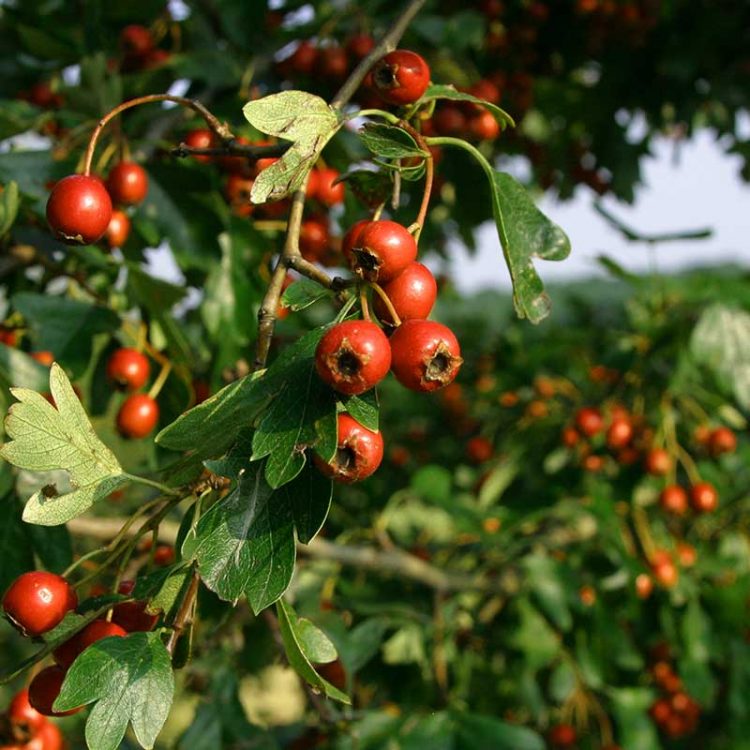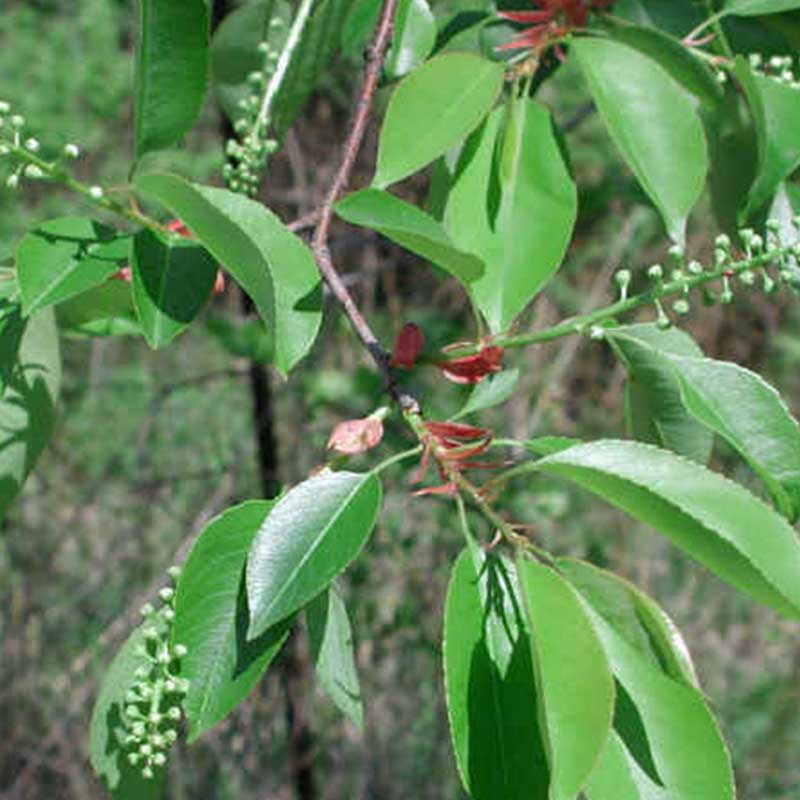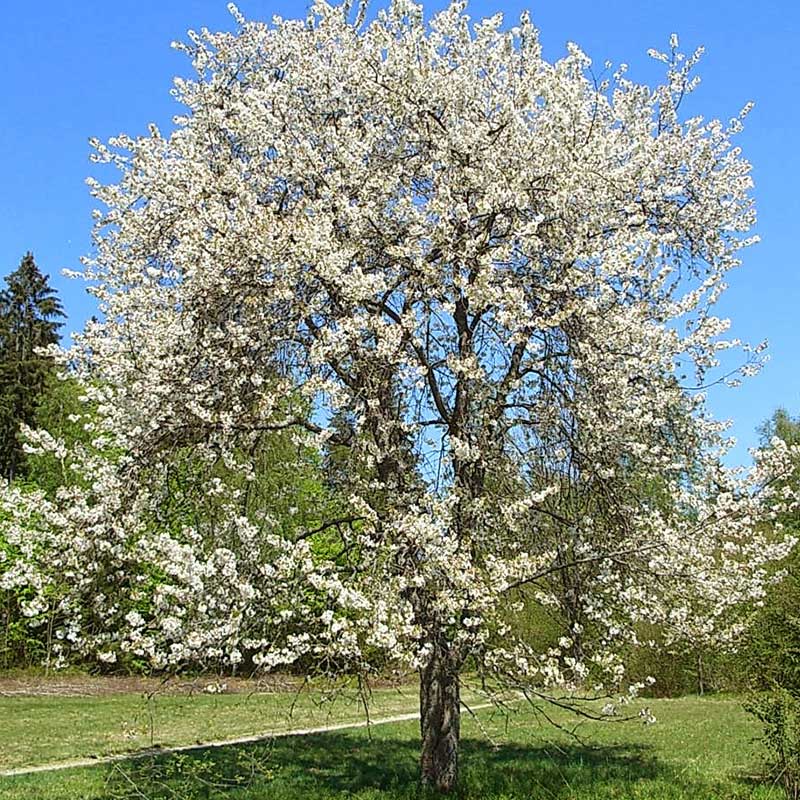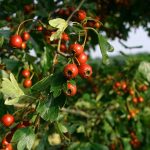Wild Cherry – Prunus avium
£0.00
Prunus avium
Prunus avium, commonly called wild cherry, sweet cherry, or gean, is a species of cherry, a flowering plant in the rose family, Rosaceae. It is native to Europe, Anatolia, Maghreb, and Western Asia, from the British Isles south to Morocco and Tunisia, north to the Trondheimsfjord region in Norway and east to the Caucasus and northern Iran, with a small isolated population in the western Himalaya. The species is widely cultivated in other regions and has become naturalized in North America and Australia.
Prunus avium has a diploid set of sixteen chromosomes (2n = 16). All parts of the plant except for the ripe fruit are slightly toxic, containing cyanogenic glycosides.
Description
We will donate a percentage to regenerating our forests.
Details:
The early history of its classification is somewhat confused. In the first edition of Species Plantarum (1753), Linnaeus treated it as only a variety, Prunus cerasus var. avium, citing Gaspard Bauhin’s Pinax theatri botanici (1596) as a synonym.
His description, Cerasus racemosa hortensis (“cherry with racemes, of gardens”) shows it was described from a cultivated plant. Linnaeus then changed from a variety to a species Prunus avium in the second edition of his Flora Suecica in 1755.
Sweet cherry was known historically as gean or mazzard (also ‘massard’), until recently, both were largely obsolete names in modern English. The name “wild cherry” is also commonly applied to other species of Prunus growing in their native habitats, particularly to the North American species Prunus serotina.
UK sourced and grown: Every sapling that we use is UK sourced and grown to minimise the risk of importing and spreading tree pests and diseases. Seeds are collected and stored in the UK, and they are all coded and batched so that we can track each individual tree.
Ecology
Prunus avium is a deciduous tree growing to 15–32 m (49–105 ft) tall, with a trunk up to 1.5 m (4.9 ft) in diameter.
Young trees show strong apical dominance with a straight trunk and symmetrical conical crown, becoming rounded to irregular on old trees.
The leaves are alternate, simple ovoid-acute, 7–14 cm (2.8–5.5 in) long and 4–7 cm (1.6–2.8 in) broad, glabrous matt or sub-shiny green above, variably finely downy beneath, with a serrated margin and an acuminate tip, with a green or reddish petiole 2–3.5 cm (0.79–1.38 in) long bearing two to five small red glands.
The tip of each serrated edge of the leaves also bear small red glands. In autumn, the leaves turn orange, pink or red before falling.
More information
The flowers are produced in early spring at the same time as the new leaves, borne in corymbs of two to six together, each flower pendent on a 2–5 cm (0.79–1.97 in) peduncle, 2.5–3.5 cm (0.98–1.38 in) in diameter, with five pure white petals, yellowish stamens, and a superior ovary; they are hermaphroditic, and pollinated by bees. The ovary contains two ovules, only one of which becomes the seed.
The fruit is a drupe 1–2 cm (0.39–0.79 in) in diameter (larger in some cultivated selections), bright red to dark purple when mature in midsummer, edible, variably sweet to somewhat astringent and bitter to eat fresh. Each fruit contains a single hard-shelled stone 8–12 mm long, 7–10 mm wide and 6–8 mm thick, grooved along the flattest edge; the seed (kernel) inside the stone is 6–8 mm long.
Only logged in customers who have purchased this product may leave a review.





Reviews
There are no reviews yet.